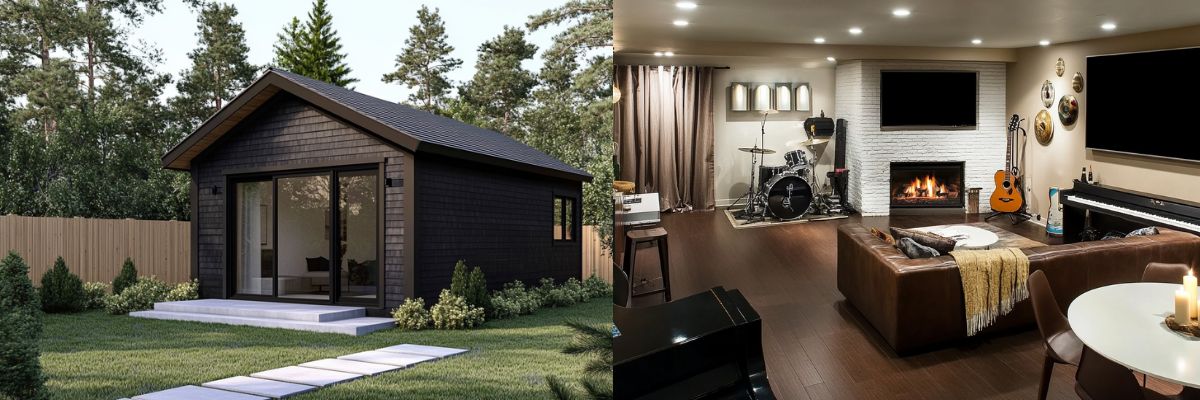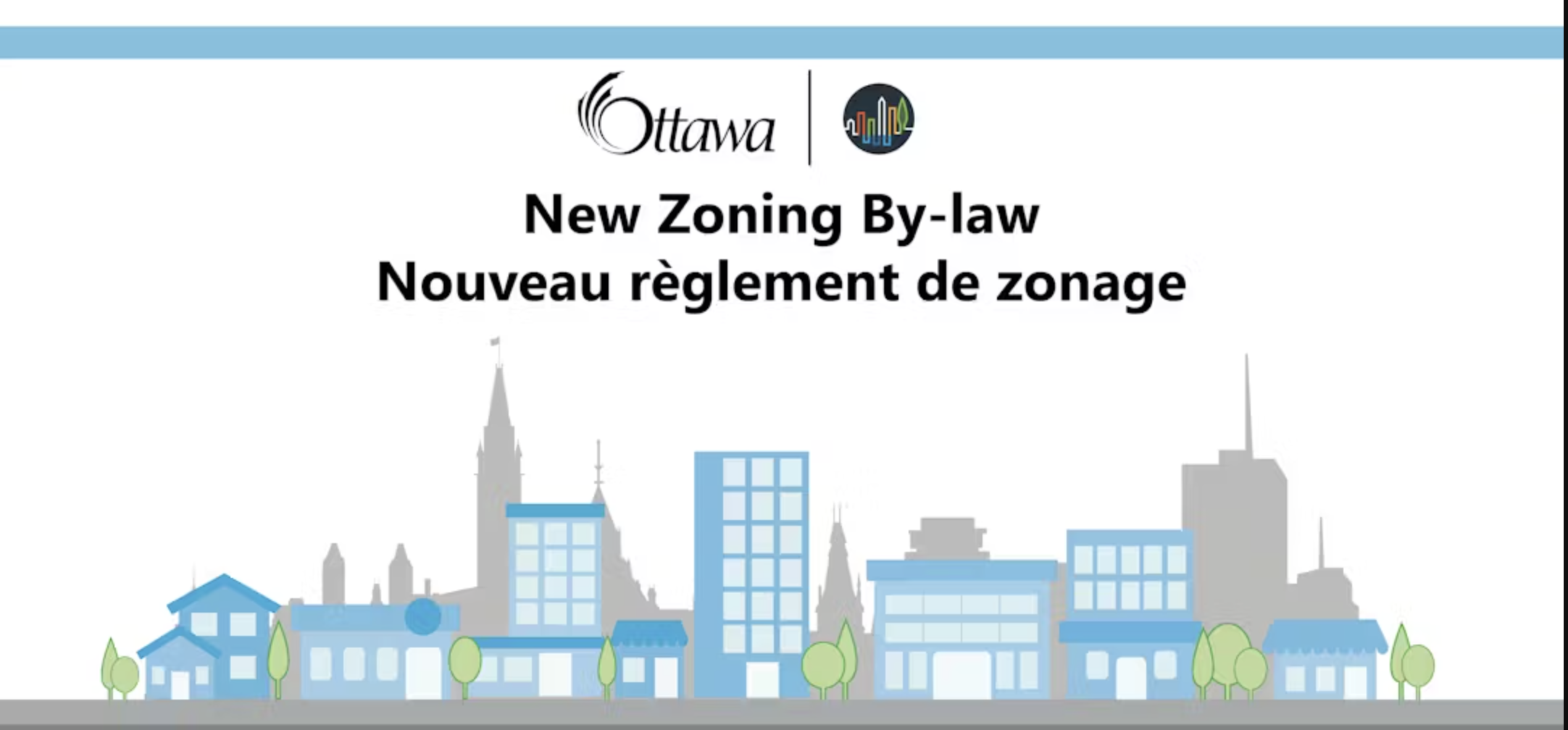ADUs Vs SDUs In Ottawa: Understand The Difference
Accessory Dwelling Units (ADUs) and Secondary Dwelling Units (SDUs) are self-contained residential spaces on the same lot as a primary dwelling. While the terms are often used interchangeably, they can take different forms:
ADUs: These include garden suites, laneway homes, or coach houses that stand alone, separate from the main home.
SDUs: These include basement apartments, garage conversions, or separate suites built within the primary structure.
Both types are legal across Ontario and are now supported by a more flexible regulatory framework aimed at encouraging their development.
2025 Ontario-Wide ADU and SDU Policy Updates
The province of Ontario has introduced several homeowner-friendly changes designed to remove barriers and streamline the addition of secondary units.
Key Changes:
Maximum Size: Detached ADUs can now be up to 1,200 square feet, up from the previous limit of 800 square feet. This allows for larger, more livable spaces suitable for families, tenants, or aging parents.
Owner-Occupancy: Homeowners are no longer required to live in one of the units. Both the main home and the ADU or SDU can be rented out, giving property owners more flexibility and potential income.
Parking Requirements: These have been relaxed, especially for properties near public transit. In some cases, no additional parking is required for the secondary unit.
Setbacks and Height Restrictions: Detached ADUs must be set back at least four feet from the side and rear property lines. The maximum height is typically capped at 16 feet.
Number of Units Allowed: Most residential lots can now legally contain up to three total units—a primary residence, an internal SDU (e.g., basement suite), and a detached ADU (e.g., garden suite).
Energy Efficiency Standards: New ADUs must comply with Ontario’s updated energy codes, which may include requirements for upgraded insulation, energy-efficient windows and appliances, and the use of environmentally friendly building materials.
Permitting Process: Municipalities are required to allow many ADUs “as of right,” meaning you don’t need special rezoning if your project meets standard criteria. This greatly simplifies the approval process.

How Ottawa Applies Ontario’s ADU Rules
Ottawa has not only adopted these provincial changes but has added clarity and structure for local implementation. This makes it easier for homeowners in the capital to build legal secondary units.
Eligible Properties
Most single-family, semi-detached, and townhouse properties in Ottawa are eligible to add at least one SDU or ADU. Many can add both.
Size Limits
Ottawa follows provincial size rules. Detached units can be up to 1,200 square feet. Attached or internal units, such as basement suites, can be up to 40 percent of the main home’s total floor area.
Owner-Occupancy
Following Ontario’s new rule, Ottawa does not require the homeowner to live on the property. Both units can be rented, which is ideal for investors or families using the unit for extended family members.
Parking
Properties near transit corridors benefit from reduced or eliminated parking requirements. However, homeowners should always confirm with Ottawa’s planning department, as some neighborhoods may have specific exceptions.
Utilities
Detached ADUs may require independent utility connections. However, internal SDUs often share existing water, sewer, and electrical systems, reducing installation costs.
Permitting and Design Guidelines
Ottawa has streamlined the application process and offers clear design and zoning guidance online. All construction still requires permits and inspections. Development charges and municipal fees can range from $2,000 to $10,000 or more, depending on the project’s complexity.
ADU and SDU Costs and Timelines in Ottawa
Detached units are more expensive due to separate foundations, full utility setups, and strict code requirements. Internal units are more affordable but still subject to building code and fire safety standards.
Ottawa occasionally offers financial incentives or rebates, especially for energy-efficient or low-carbon builds. These may include grants or reduced development charges if specific environmental benchmarks are met.
Practical Tips for Ottawa Homeowners
Check Zoning and Bylaws
Start by confirming your property’s eligibility using Ottawa’s zoning maps and bylaw documentation. Pay attention to lot size, building envelope, and proximity to lot lines.
Maximize Your Lot’s Potential
Most residential lots in Ottawa now allow a total of three units: the main home, one internal unit, and one detached unit. This is a major opportunity to add value to your property and create housing for extended family or tenants.
Get Professional Help
While the process has been simplified, it’s wise to consult with a local architect, designer, or contractor who understands Ottawa’s ADU regulations. They can help you plan a unit that meets zoning, building, and fire safety codes.
Don’t Skip Permits
Building without permits can result in large fines, forced removal of the unit, or the inability to insure or legally rent the space. Always go through Ottawa’s official permitting process and schedule inspections as required.
Summary: Key Takeaways for Ontario and Ottawa in 2025
Ontario and Ottawa are leading the way in making ADUs and SDUs more accessible for homeowners. Here’s a quick summary of what’s allowed and encouraged:
- Legal Unit Types: Detached (ADU), attached or internal (SDU)
- Detached Size Limit: Up to 1,200 sq. ft
- Attached Size Limit: Up to 40% of the main home’s area
- Owner Residency: Not required; both units can be rented
- Total Units Allowed Per Lot: Up to 3 (1 primary + 1 SDU + 1 ADU)
- Parking: Reduced or waived for properties near transit
- Permitting: Streamlined with “as-of-right” approvals
- Energy Codes: Must meet updated environmental and efficiency standards
- Fees: $2,000–$10,000+ in municipal charges depending on unit type
Final Thoughts
Ottawa homeowners now have more flexibility than ever to build legal secondary suites. Whether you're creating a rental unit, a space for aging parents, or simply adding long-term value to your property, the new ADU and SDU regulations make it easier, faster, and more profitable.
If you’re ready to explore your options, start with the City of Ottawa’s Secondary Dwelling Unit guidelines or speak with a qualified designer familiar with local zoning.
Looking for expert help? Ottawa General Contractors specializes in designing and building ADUs and SDUs that meet all city and provincial regulations. From concept to completion, our team handles zoning, permits, construction, and energy compliance to make your project seamless. Contact Ottawa General Contractors today for a free consultation and turn your property’s potential into reality.

.svg)






.jpg)
.jpg)


